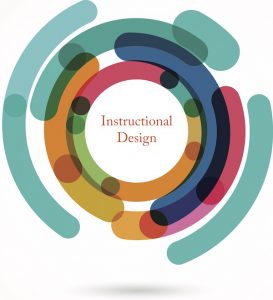Instructional design is the process of creating effective and efficient learning experiences. It involves the application of principles and techniques from various fields, including psychology, education, and communication. The goal of instructional design is to create learning experiences that are engaging, interactive, and tailored to the learners' needs.
An effective instructional design begins with a needs assessment. This involves identifying the learners' needs, the learning objectives, and the resources available for creating the learning experience. Once the needs assessment is complete, the instructional designer can begin developing the learning experience.
The first step in the development process is to create a learning strategy. This involves identifying the instructional methods and strategies that will be used to achieve the learning objectives. The learning strategy may include a variety of instructional methods, such as lectures, group discussions, case studies, simulations, and assessments.
The next step is to develop the instructional materials. This involves creating the content that will be used to deliver the learning experience. The instructional materials may include text, graphics, audio, video, and interactive elements. The materials should be designed to be engaging, interactive, and easy to navigate.
Once the instructional materials are developed, the next step is to pilot-test the learning experience. This involves testing the learning experience with a small group of learners to identify any issues or areas for improvement. Based on the feedback received, the instructional designer can make any necessary revisions to the learning experience.
The final step in the instructional design process is to evaluate the learning experience. This involves assessing the effectiveness of the learning experience in achieving the learning objectives. The evaluation may include assessments, surveys, or other feedback mechanisms.
Effective instructional design has several benefits. It can help improve learners' engagement and motivation, enhance their understanding and retention of information, and increase the effectiveness of the learning experience. Instructional design can also help educators save time and resources by creating learning experiences that are efficient and effective.
In conclusion, instructional design is a critical component of effective teaching and learning. It involves the application of principles and techniques from various fields to create engaging and effective learning experiences. By conducting a needs assessment, developing a learning strategy, creating instructional materials, pilot testing the learning experience, and evaluating its effectiveness, instructional designers can create learning experiences that are tailored to learners' needs and achieve the learning objectives. Effective instructional design can help improve learners' engagement and motivation, enhance their understanding and retention of information, and increase the effectiveness of the learning experience.

Comments
Post a Comment